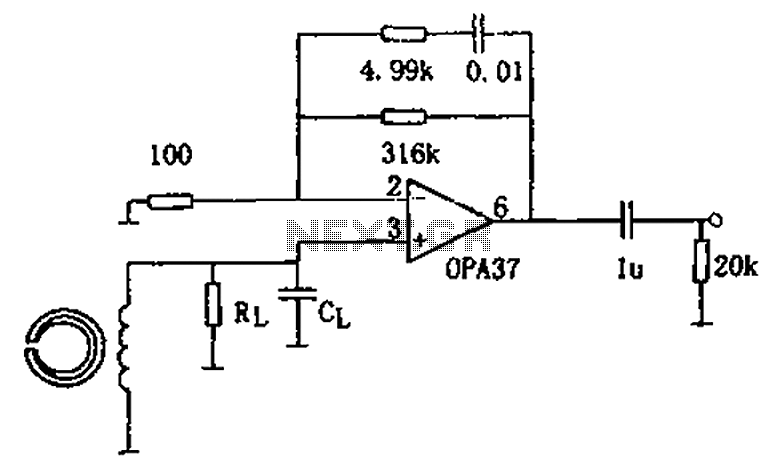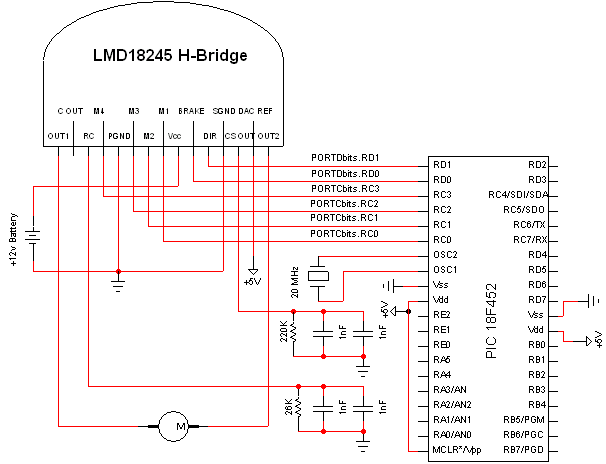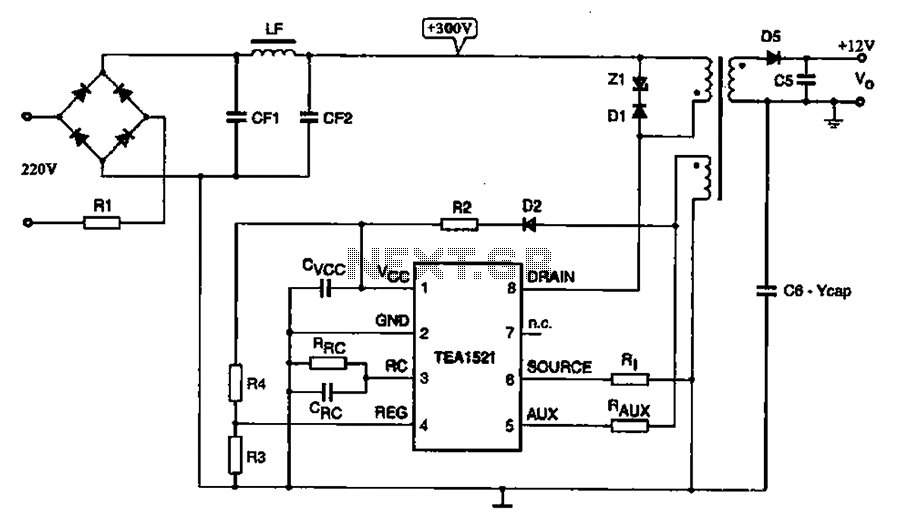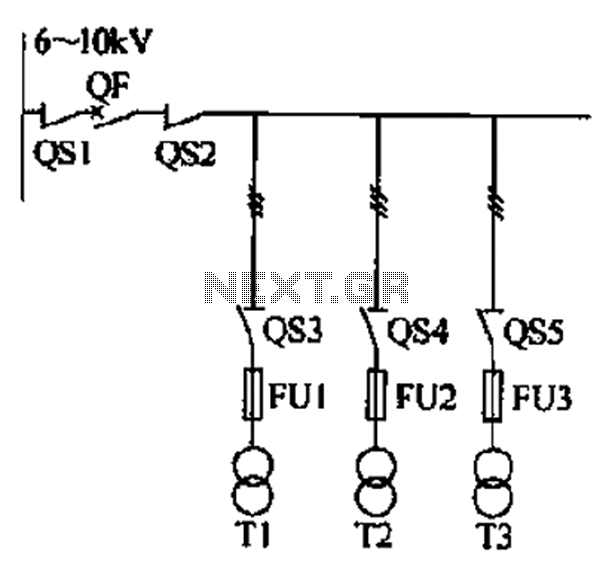
Can effectively guarantee the auto-voltage starting circuit main contact of extinction
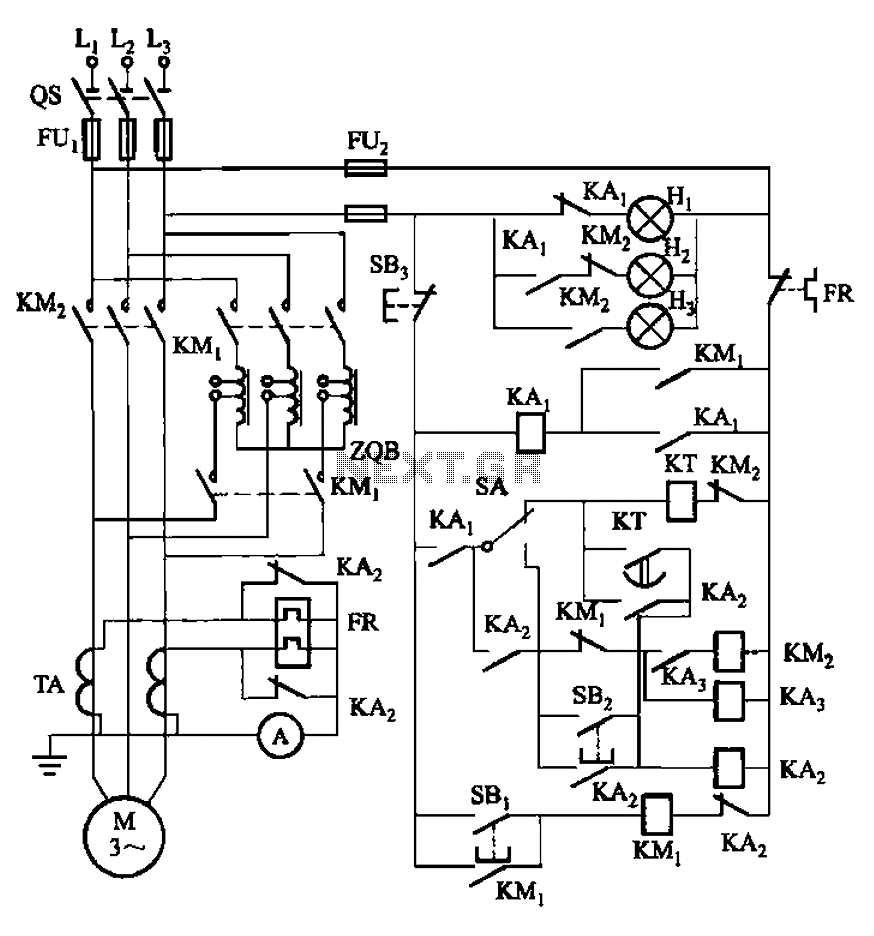
The circuit illustrated in Figure 3-56 features both manual and automatic start-up modes. It incorporates two relays, KA2 and KA3, within the control loop. The circuit design ensures that KM1 is cut off before and after activating KM2. A main contact is opened after KM1 during the guaranteed extinction interval, preventing arcing at the KM1 main contact, while the main contacts of KM2 are to be closed.
The circuit operates with a dual start-up mode, allowing for flexibility in operation. In manual mode, the user can initiate the process by engaging the appropriate switch, which energizes the relays KA2 and KA3. This engagement allows for the control of the main contacts KM1 and KM2, facilitating the desired sequence of operations.
In automatic mode, the circuit relies on the control loop formed by the relays. The relays KA2 and KA3 are configured to manage the timing and sequence of contact engagement. When the circuit is powered, KA2 activates, cutting off KM1, which is crucial for ensuring that there is no arcing during the transition period. The guaranteed extinction interval is a critical aspect of the design, as it allows sufficient time for the contacts to open completely before any new connections are made.
Once the extinction interval has elapsed, KM2 is activated, closing its main contacts. This sequence minimizes the risk of electrical arcing and ensures a smooth transition between the two states of the circuit. The use of relays in this configuration provides a reliable method for controlling the circuit's operation, allowing for both manual intervention and automatic control based on the system's requirements.
The overall design emphasizes safety and efficiency, making it suitable for applications where precise control over electrical contacts is necessary. The careful management of the contact states, coupled with the dual operating modes, enhances the circuit's versatility and reliability in various operational scenarios. Circuit shown in Figure 3-56. It has both manual and automatic start-up mode. Has KA2, KA3 two relays in the control loop. So cut KM! Before and after turning KMz, after provid ing a main contact is opened after KMi guarantee extinction interval, will KMi main contact arcing, KMz the main contacts to be closed.
The circuit operates with a dual start-up mode, allowing for flexibility in operation. In manual mode, the user can initiate the process by engaging the appropriate switch, which energizes the relays KA2 and KA3. This engagement allows for the control of the main contacts KM1 and KM2, facilitating the desired sequence of operations.
In automatic mode, the circuit relies on the control loop formed by the relays. The relays KA2 and KA3 are configured to manage the timing and sequence of contact engagement. When the circuit is powered, KA2 activates, cutting off KM1, which is crucial for ensuring that there is no arcing during the transition period. The guaranteed extinction interval is a critical aspect of the design, as it allows sufficient time for the contacts to open completely before any new connections are made.
Once the extinction interval has elapsed, KM2 is activated, closing its main contacts. This sequence minimizes the risk of electrical arcing and ensures a smooth transition between the two states of the circuit. The use of relays in this configuration provides a reliable method for controlling the circuit's operation, allowing for both manual intervention and automatic control based on the system's requirements.
The overall design emphasizes safety and efficiency, making it suitable for applications where precise control over electrical contacts is necessary. The careful management of the contact states, coupled with the dual operating modes, enhances the circuit's versatility and reliability in various operational scenarios. Circuit shown in Figure 3-56. It has both manual and automatic start-up mode. Has KA2, KA3 two relays in the control loop. So cut KM! Before and after turning KMz, after provid ing a main contact is opened after KMi guarantee extinction interval, will KMi main contact arcing, KMz the main contacts to be closed.

